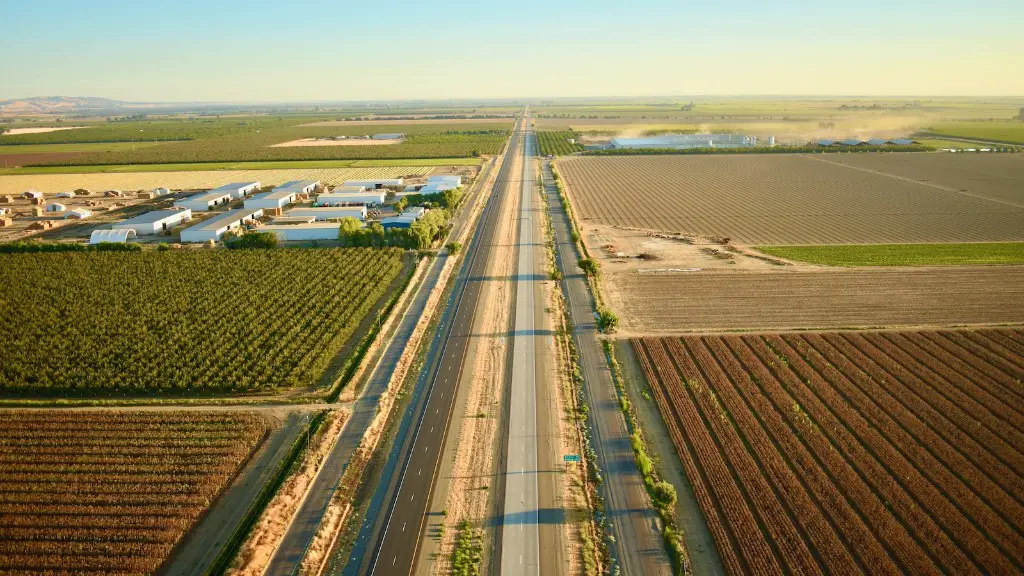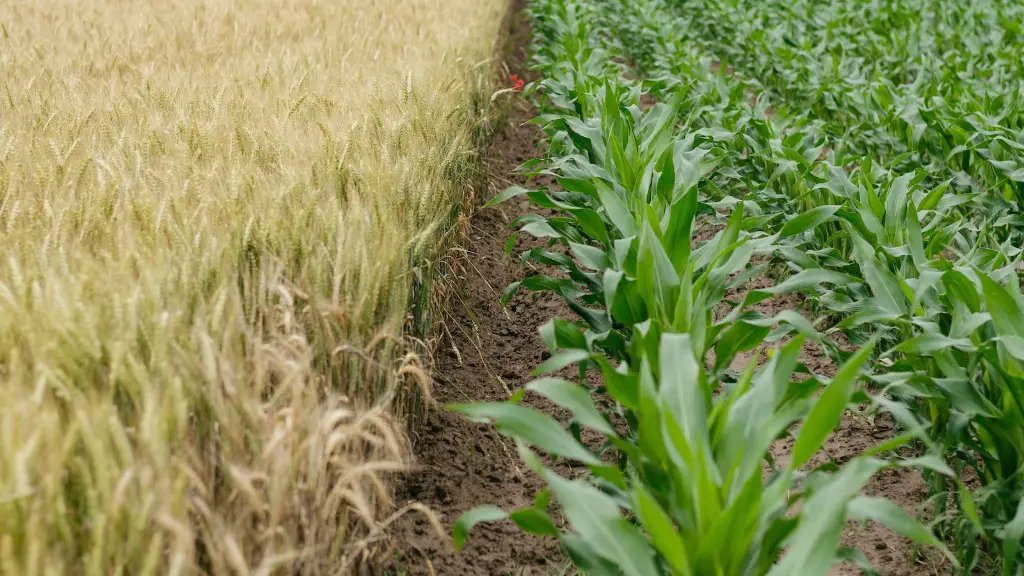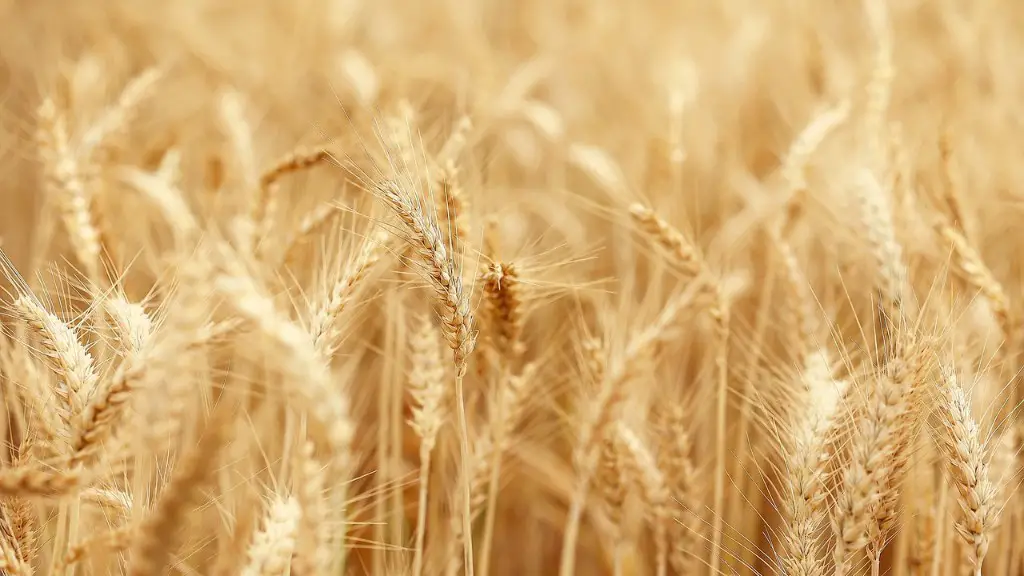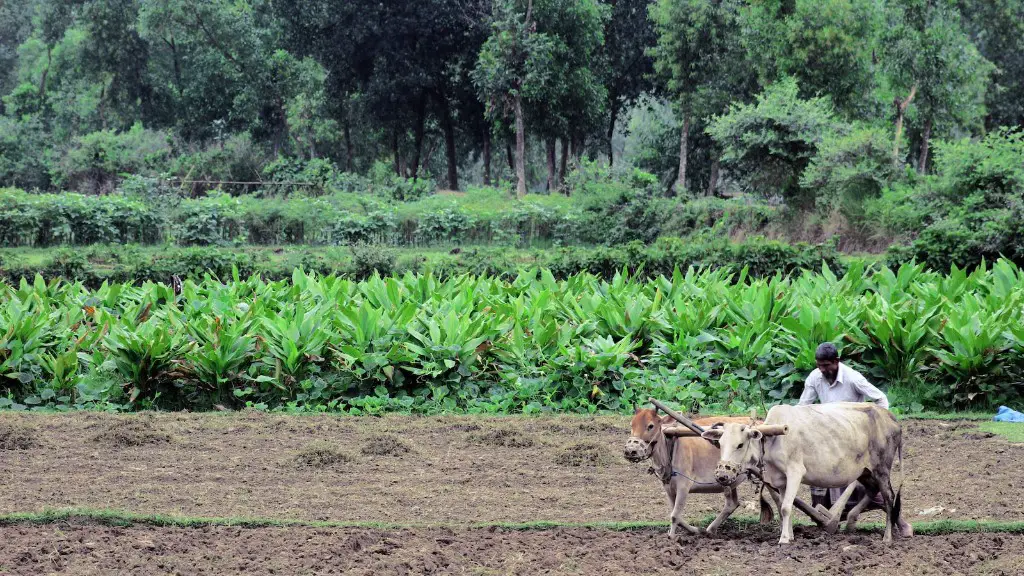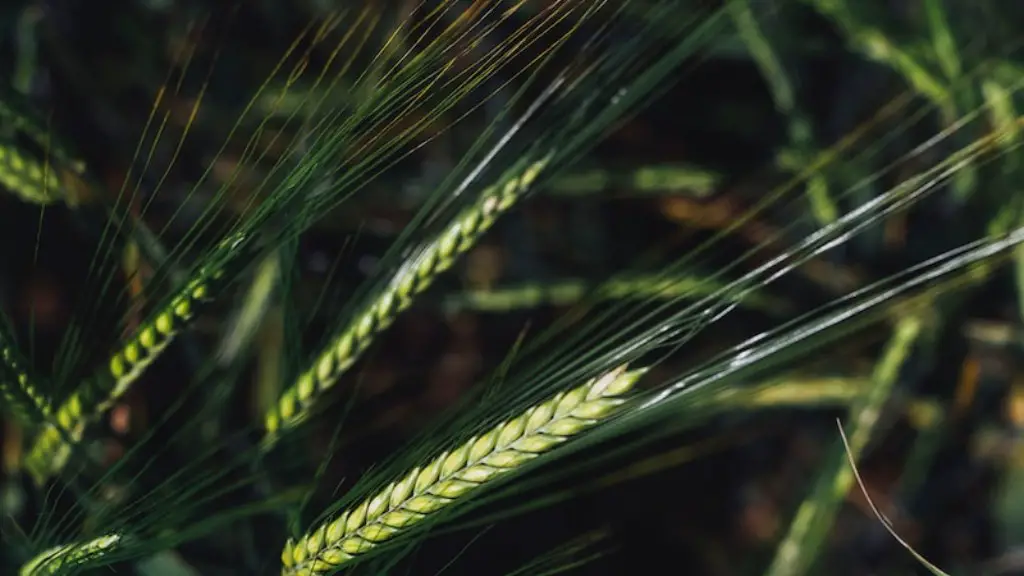Yes, agriculture does cause global warming. Burning fossil fuels releases greenhouse gases like carbon dioxide and agriculture contributes to this emissions problem. According to the Environmental Protection Agency, “Agriculture is responsible for about 9 percent of U.S. emissions of greenhouse gases, the gases that cause global climate change.” Greenhouse gases trap heat in the atmosphere and cause the Earth’s average temperature to rise. Warmer temperatures can cause more extreme weather events, like droughts, floods, and hurricanes. Agriculture also contributes to global warming through animal agriculture. Livestock production creates emissions of methane, another potent greenhouse gas.
There is a great deal of scientific evidence that suggests that agriculture is a leading cause of global warming. Agriculture is responsible for a number of greenhouse gas emissions, including carbon dioxide, methane, and nitrous oxide. These gases trap heat in the atmosphere and contribute to the greenhouse effect, which is responsible for the rising temperatures around the world.
How much of global warming is caused by agriculture?
The way we produce food is a huge contributor to greenhouse gas emissions. Clearing land for farming and the farming itself account for 21 percent of global emissions – much more than the transportation sector.
We need to find more sustainable ways to produce food if we want to reduce our impact on the planet. One option is to focus on producing more food with fewer emissions. Another is to offset emissions from food production by planting trees or investing in other projects that remove carbon from the atmosphere.
There are a number of ways that changes in agricultural production could result in reduced greenhouse gas emissions and removal of carbon dioxide from the atmosphere through carbon sequestration. Farm operators can change production practices or land use to increase the carbon stored in soil or vegetation. For example, they can implement no-tillage or reduced tillage practices, use cover crops, or adopt agroforestry practices. All of these practices can help to increase the amount of carbon stored in the soil, which can then be used to sequester carbon dioxide from the atmosphere.
Is farming the worst cause of global warming
Factory farming is one of the main contributors to climate change, releasing vast quantities of greenhouse gases into the atmosphere. These gases trap heat and cause the Earth’s temperature to rise, leading to a host of problems like melting ice caps, rising sea levels, and extreme weather conditions.
Factory farming is responsible for a staggering amount of greenhouse gas emissions – it is estimated that the livestock sector emits more greenhouse gases than the entire transportation sector. The main culprits are methane (a gas produced by cows and other ruminants) and carbon dioxide (produced by the burning of fossil fuels).
Factory farming is intensifying climate change and it is crucial that we take action to reduce its impact. We can do this by reducing our consumption of meat and dairy products, and by supporting farmers who adopt more sustainable practices.
The industrial agriculture industry is a significant source of US greenhouse gas emissions, with myriad activities contributing to the tally. Farm equipment emits carbon dioxide as vehicles move across fields during tilling, planting, pesticide and fertilizer applications, and harvest. In addition, livestock production generates methane emissions from animal digestion and manure management, while nitrous oxide emissions come from soil management practices like fertilizer application and livestock grazing.
Is agriculture the biggest polluter?
It is estimated that agriculture accounts for 70% of the world’s water use, making it the largest water user. However, agriculture is also the world’s biggest polluter, due to the large amount of chemicals used in farming. These chemicals can pollute water sources, and the run-off from farms can contaminate rivers and lakes.
The causes of agricultural pollution are numerous, but they can broadly be divided into two main categories: point sources and non-point sources. Point sources are discrete sources of pollution, such as factory effluent or sewage, that can be easily identified and controlled. Non-point sources are diffuse sources of pollution that are more difficult to identify and control, such as agricultural run-off.
The consequences of agricultural pollution can be serious. contaminated water sources can lead to the spread of disease, and the contamination of food crops can pose a serious risk to human health. In addition, agricultural pollution can have a devastating effect on local ecosystems, killing fish and other wildlife.
There are a number of ways to reduce the pollution caused by agriculture. One is to better control point sources of pollution, such as by treating factory effluent before it is released into the environment. Another is to reduce the amount of chemicals used in
Fossil fuels are the leading cause of global climate change, accounting for over 75 percent of all greenhouse gas emissions. These emissions trap the sun’s heat, causing the Earth to warm. This warming is already causing harmful effects, like more extreme weather and rising sea levels. To prevent even more damage, we need to transition to cleaner energy sources.
Why is agriculture bad for the environment?
Agriculture is the leading source of pollution in many countries. Pesticides, fertilizers and other toxic farm chemicals can poison fresh water, marine ecosystems, air and soil. They also can remain in the environment for generations.
Toxic farm chemicals have a variety of negative effects on the environment. They can pollute water sources, making them unsafe for drinking or swimming. They can also contaminate soil, making it difficult for plants to grow. In addition, toxic farm chemicals can pollute the air, causing respiratory problems for humans and animals.
While some toxic farm chemicals can be broken down over time, others can remain in the environment for generations. This can lead to long-term environmental damage and health problems for people and animals.
While most manmade CO2 emissions come from industrial processes, such as fossil fuel burning, the majority of human-induced CH4 emissions come from agriculture. This is because agricultural activities like livestock, rice cultivation and biomass burning release methane gas into the atmosphere. Methane is a powerful greenhouse gas that contributes to global warming. Therefore, reducing methane emissions from agriculture is essential for mitigating climate change.
How does agriculture affect the environment negatively
Agriculture can have both positive and negative impacts on the environment. While the negative impacts are serious and can include pollution and degradation of soil, water, and air, agriculture can also positively impact the environment. For instance, agriculture can trap greenhouse gases within crops and soils, or mitigate flood risks through the adoption of certain farming practices.
Carbon dioxide, methane, and nitrous oxide concentrations have increased significantly over the last 800,000 years. These greenhouse gases trap heat and cause the earth’s surface temperature to rise. The resulting greenhouse effect is causing climate change and impacting the environment in a number of ways.
Are farmers destroying the environment?
industrial farming is responsible for a large portion of the world’s greenhouse gas emissions. the production of farm chemicals and livestock emissions are some of the biggest contributors to this problem. industrial farming practices are also responsible for pollution and soil erosion, which can lead to major environmental problems.
Farming allowed for the domestication of plants and animals, which led to the development of civilizations and the rise of social classes. Hunter-gatherers have little or no stored food, and no concentrated food sources, like an orchard or a herd of cows: they live off the wild plants and animals they obtain each day. This way of life is less reliable and more difficult than farming, which led to the widespread adoption of agriculture over time. However, farming also brought with it a number of disadvantages, including malnutrition, starvation, and epidemic diseases. In addition, the development of social classes and civilizations led to the development of deep class divisions.
What is the number 1 polluter
The energy industry is responsible for a significant amount of pollution, due largely to its reliance on coal, oil, and gas. While there have been some efforts to reduce this pollution, it remains a major problem. There are a number of ways to address this issue, including investing in clean energy sources, using cleaner burning fuels, and improving efficiency.
Uganda-based Big Foods is on a mission to reduce food waste, starting with bananas.
After conducting research and finding that bananas are the world’s most wasted crop, the company set out to create solutions that would help reduce food waste and ultimately help feed more people.
One of the ways Big Foods is working to reduce food waste is by developing a banana flour that can be used in a variety of recipes. The flour is made from overripe bananas that would otherwise be thrown away, and it’s a nutritious and gluten-free alternative to regular flour.
Big Foods is also working on a project to create a “banana peel leather” that can be used to make products like wallets and purses. The leather is made from the waste banana peels and is environmentally friendly and durable.
By creating these innovative solutions, Big Foods is helping to reduce food waste and create a more sustainable future.
Who is the biggest polluter in the world?
China is the leading emitter of carbon dioxide, contributing almost 31% of global emissions in 2021. This is closely followed by the US, responsible for roughly 15% of emissions. Together, the world’s top five largest polluters (China, US, EU, India, Russia) account for over 60% of global emissions. This highlights the need for these countries to take action to reduce their emissions in order to avert the worst impacts of climate change.
According to the World Bank, these are the top 10 polluters of CO2 in 2018:
1) China, with more than 10,065 million tons of CO2 released
2) United States, with 5,416 million tons of CO2
3) India, with 2,654 million tons of CO2
4) Russia, with 1,711 million tons of CO2
5) Japan, 1,162 million tons of CO2
6) Germany, 759 million tons of CO2
7) Iran, 720 million tons of CO2
8) Saudi Arabia, 615 million tons of CO2
9) Canada, 562 million tons of CO2
10) South Korea, 468 million tons of CO2
What are the top 10 contributors to global warming
A)
The top 10 causes of global warming are:
1) Waste
2) Power Plants
3) Oil Drilling
4) Transport and Vehicles
5) Consumerism
6) Farming
7) Industrialization
8) Industrialisation is harmful in a variety of ways
9) Overfishing
10) Fish is one of humans main sources of protein and a lot of the world now rely on this industry.
Farmers face many different types of problems. Some of the most common problems include climate change, soil erosion, and biodiversity loss. Farmers must also cope with changing consumer tastes and expectations, as well as rising demand for more food of higher quality. In order to meet all of these challenges, farmers need to invest in farm productivity, adopt new technologies, and stay resilient against global economic factors.
Final Words
No, agriculture does not cause global warming.
no
